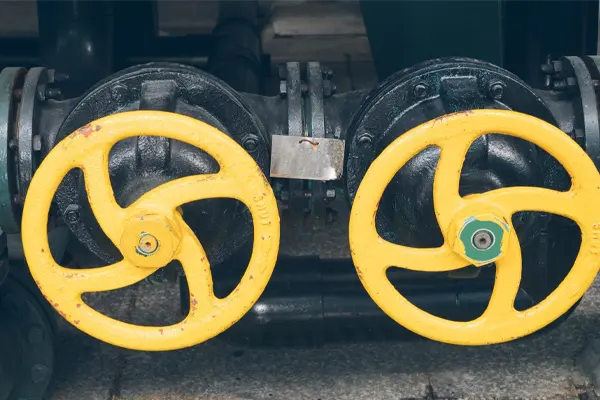
Top Trends in Gas Distribution and Storage Systems
The gas industry is undergoing significant transformations, driven by innovations in technology, sustainability efforts, and evolving market demands. As natural gas continues to play a critical role in energy production and consumption worldwide, the distribution and storage systems that transport and store gas are becoming more efficient, sustainable, and technologically advanced. Understanding the top trends in gas distribution and storage is essential for businesses and stakeholders looking to stay competitive and embrace the future of the gas industry.
1. Smart Gas Grids and Digitalization
One of the most notable trends in gas distribution systems is the integration of smart technologies. Smart gas grids use sensors, automation, and real-time data analytics to monitor and manage gas flow, detect leaks, and optimize system performance. These systems allow for more efficient gas distribution by identifying inefficiencies, improving safety protocols, and ensuring faster responses to disruptions. The digitalization of gas grids is helping utilities reduce operational costs and enhance service reliability, while offering more precise control over gas consumption patterns.
2. Decentralized Energy Storage Solutions
Traditionally, gas storage has relied on large underground facilities, such as depleted oil fields and salt caverns. However, with the rise of decentralized energy solutions, smaller, more flexible storage systems are becoming popular. Technologies such as compressed natural gas (CNG) storage and liquefied natural gas (LNG) storage are being adopted in various sectors. These solutions provide businesses and utilities with more control over their energy resources, enabling them to store gas at multiple locations for on-demand access, reducing dependency on centralized storage facilities, and enhancing energy security.
3. Integration of Renewable Gas in Storage Systems
As the world pushes towards a greener future, renewable gas solutions, such as biogas and synthetic natural gas (SNG), are gaining momentum. These types of gas can be injected into traditional gas distribution systems, leading to a more sustainable and circular energy model. Gas storage systems are increasingly being designed to accommodate renewable gases, ensuring that both conventional and green gases can be stored and distributed seamlessly. This integration helps reduce carbon footprints and aligns with global efforts to decarbonize the energy sector.
4. Hydrogen as a Future Fuel Source
Hydrogen is being recognized as a key player in the future of gas distribution and storage. It can be used as a cleaner alternative to natural gas in various applications, from industrial processes to residential heating. Hydrogen storage technologies are being developed to store this gas at large scale, often in combination with natural gas in hybrid systems. The blending of hydrogen with natural gas in the distribution network, known as "hydrogen blending," is already being tested in several countries. This trend is paving the way for a more sustainable energy transition, particularly in industries with hard-to-decarbonize sectors.
5. Enhanced Safety Measures and Leak Detection
Safety remains a top priority in gas distribution and storage systems. As gas networks grow more complex and integrated with advanced technologies, the need for enhanced safety protocols has never been greater. New developments in leak detection and prevention are enabling faster response times and minimizing risks. IoT sensors, drones, and advanced monitoring technologies are now being used to track leaks and pipeline integrity in real-time, making gas distribution systems safer and more reliable than ever before.
6. Automation and Robotics in Maintenance
Another significant trend in gas distribution and storage is the use of automation and robotics to improve maintenance and operations. Robotic inspection tools, including drones and remote-controlled devices, are being employed to monitor pipelines, storage tanks, and other critical infrastructure. These tools can operate in hazardous or hard-to-reach areas, ensuring that maintenance is performed regularly and without compromising safety. Automation systems are also being deployed to optimize gas distribution, improving the overall efficiency of the entire network.
Conclusion
As the gas industry continues to evolve, distribution and storage systems are becoming more advanced, efficient, and sustainable. Trends such as smart grids, decentralized storage solutions, renewable gas integration, hydrogen adoption, and enhanced safety measures are shaping the future of gas distribution and storage. By embracing these trends, companies can improve operational efficiency, reduce environmental impacts, and contribute to the global transition towards a cleaner and more sustainable energy future.
Subscribe